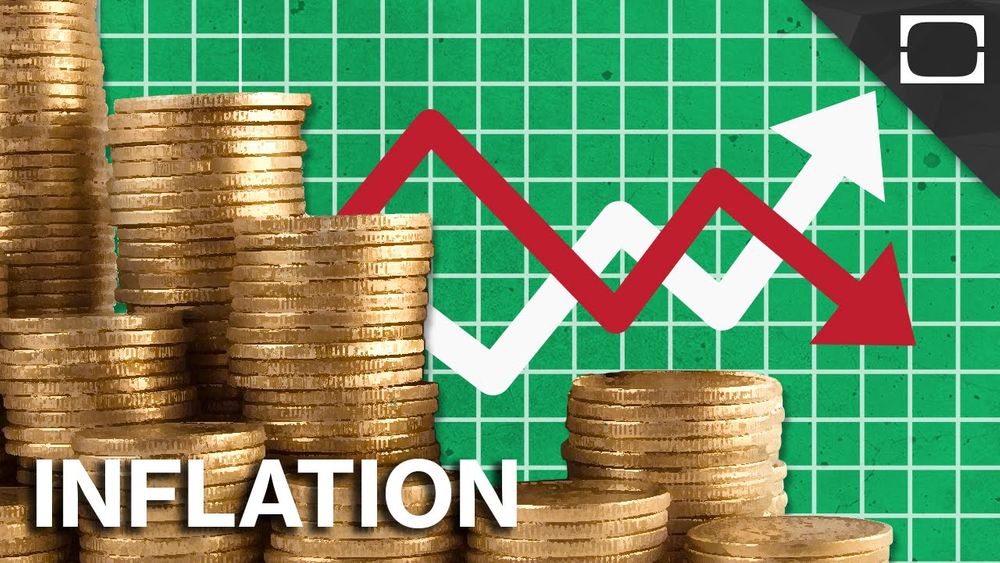The Commerce Department announced Friday that a key inflation measure used by the Federal Reserve to decide policy increased 3.4 percent from a year ago in May, the fastest increase since the early 1990s.
Despite the fact that the increase was the largest since April 1992, it met the Dow Jones forecast, and markets were unfazed by the news. The stock market made substantial gains, but government bond yields increased somewhat.
The key inflation increase in the core personal consumption expenditures price index indicates the nation’s rapid economic expansion and related pricing pressures, highlighting how far the country has progressed since the Covid pandemic-induced shutdown in 2020.
Despite the fact that the number may heighten inflation fears, Fed officials maintain that the current crisis is only transitory and will subside when things return to normal.
The core key inflation index increased 0.5 percent for the month, falling short of the 0.6 percent forecast. The PCE index grew 3.9 percent year over year and 0.4 percent month over month, excluding volatile food and energy prices.
Energy prices rose 27.4 percent against a 0.4 percent increase in food expenses, accounting for the majority of the inflation increase. The headline gain was the largest since August 2008, just before the worst of the financial crisis struck, sending inflation on a downward trajectory that would persist for the duration of the country’s longest economic recovery.
Inflation has recently risen due to a number of variables. They include supply chain disruptions, as key product makers have been unable to keep up with rising demand as a result of the economic recovery. As lumber costs have risen, soaring real estate prices have also played a role, but this tendency has recently reversed.
Finally, what economists term “base effects,” or skewed comparisons with a year ago when government limitations put much of the economy in jeopardy, skew the current statistics. When the June data are released next month, those base effects are anticipated to fade.
Consumer spending was steady for the month, vs a 0.4 percent increase projected, according to a different section of Thursday’s report, while personal income fell 2%, less than the expected 2.7 percent drop. Those figures had also been skewed, owing to government stimulus cheques that had significantly increased both income and spending. The personal savings rate was 12.4 percent, down from 14.5 percent in April










